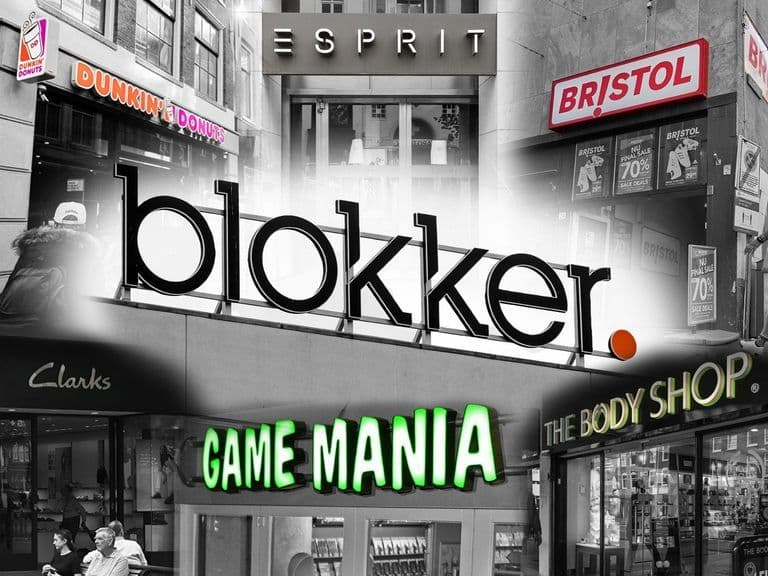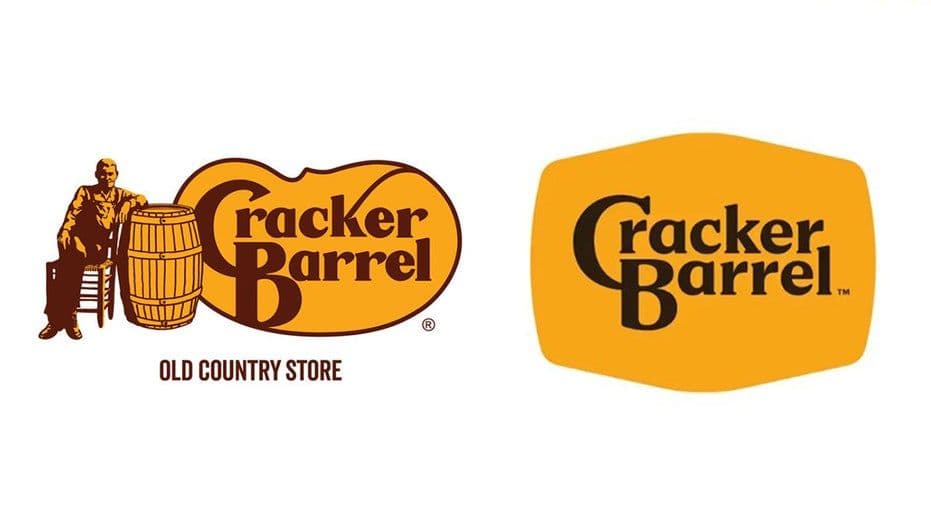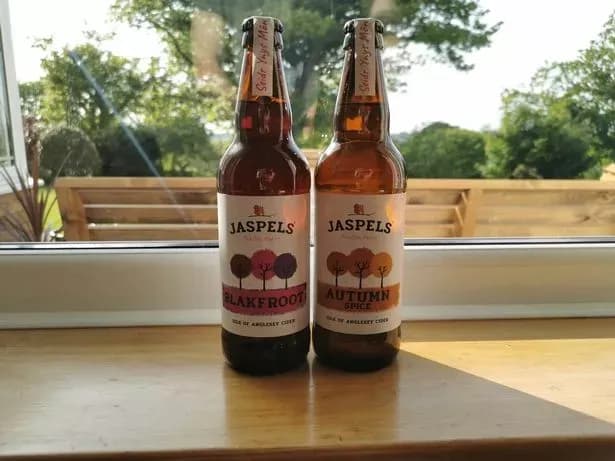The Unlaced Truth: What Van Lier's Subsidiary Collapse Reveals About Heritage Retail's Tightrope Walk
Unpack Van Lier's subsidiary collapse: a deep dive into how a Dutch heritage shoe brand faced COVID debt, digital challenges, and retail shifts. A crucial lesson for brands.
A Storied Stride Stumbles
A familiar name in Dutch footwear, , recently found its stride faltering as all of its subsidiary companies were declared bankrupt by the court. This news, while stark, follows a period of significant financial strain for the brand. Earlier this year, whispers of the company's struggles began to circulate, culminating in the closure of all seven of its physical stores back in May. For a brand that has long prided itself on craftsmanship and a tangible retail presence, this was a clear sign of trouble brewing beneath the surface. While Van Lier shoes remained available through multi-brand retailers and its own webshop for a time, even that digital lifeline has now been severed; the website currently greets visitors with a stark 'Service Temporarily Unavailable' message. This development marks a pivotal, and perhaps tragic, moment for a brand deeply woven into the fabric of retail history, initiating a period of uncertainty about its future, even as the extent of the bankruptcy's reach to the parent company remains unclear.
The Unraveling Thread: Debt, Digital, and Disruption
Delving deeper into Van Lier's recent woes reveals a confluence of modern retail challenges that proved insurmountable for the heritage brand. The family-owned business reported a staggering loss of nearly a million euros over the past year, a financial blow exacerbated by its inability to repay debts accumulated during the challenging . This isn't just a tale of poor management; it's a stark illustration of how even established names can be caught in a perfect storm. The pandemic fundamentally shifted consumer behavior, accelerating the pivot to online shopping and highlighting the vulnerabilities of traditional brick-and-mortar models. For brands like Van Lier, with a legacy built on tactile experiences and in-person fittings, adapting quickly enough to this digital tide proved incredibly difficult. Their struggle to innovate and maintain relevance in a rapidly changing market is a narrative playing out across the retail landscape, where old ways of doing business are increasingly incompatible with new consumer expectations and economic realities.

Footprints in the Sand: A Cautionary Tale for Retail's Future
Van Lier's predicament sends a clear, if unsettling, message to the broader retail sector. It underscores that no brand, regardless of its heritage or perceived stability, is immune to the seismic shifts occurring in commerce. The demise of its subsidiaries serves as a powerful cautionary tale, particularly for other legacy brands still navigating the choppy waters of post-pandemic recovery and digital transformation. It highlights that clinging to past successes without a robust strategy for the future can be a fatal error. The market demands agility, a keen understanding of evolving consumer preferences, and a seamless integration of online and offline experiences. Brands that fail to innovate, to shed the weight of outdated business models, or to address crippling debt from unforeseen global events, risk leaving their own footprints in the sand – fading away as the tide of modern retail washes over them. The lesson here is less about a single company's failure and more about the urgent need for reinvention across an entire industry.
Beyond the Sole: Is There a Path Forward for Legacy Brands?
While Van Lier's recent troubles paint a somber picture, they also compel us to ask: what future exists for legacy brands steeped in craftsmanship and tradition? The answer isn't simple, but it certainly doesn't involve merely maintaining the status quo. For brands to survive and flourish in this new era, they must embrace a radical re-evaluation of their core strategies. This means more than just having a webshop; it requires a truly integrated digital presence that engages consumers, tells the brand's story effectively, and streamlines the purchasing journey. Physical stores, if they remain, must transform into experiential hubs, offering unique value that online cannot replicate. Furthermore, aligning with modern values like sustainability and ethical production can resonate deeply with contemporary consumers. The path forward for legacy brands involves a delicate dance: honoring their rich heritage and quality, while simultaneously stepping boldly into the future with innovative business models, digital fluency, and a renewed connection to their audience. It's about adapting the craftsmanship, not abandoning it.
Related Articles

Beyond the Aesthetic: When a Logo Becomes a Legacy, and Why We Fight for It

Beyond the Aesthetic: When a Logo Becomes a Legacy, and Why We Fight for It

From Barter to Blockchain: Unveiling the Human Spirit of Modern Commerce

From Barter to Blockchain: Unveiling the Human Spirit of Modern Commerce

When the Apple Cart Tilts: The Unseen Pressures on Beloved Craft Cideries

When the Apple Cart Tilts: The Unseen Pressures on Beloved Craft Cideries

The Unseen Threads: Lucio Tan's Enduring Blueprint for a Multi-Decade Empire
